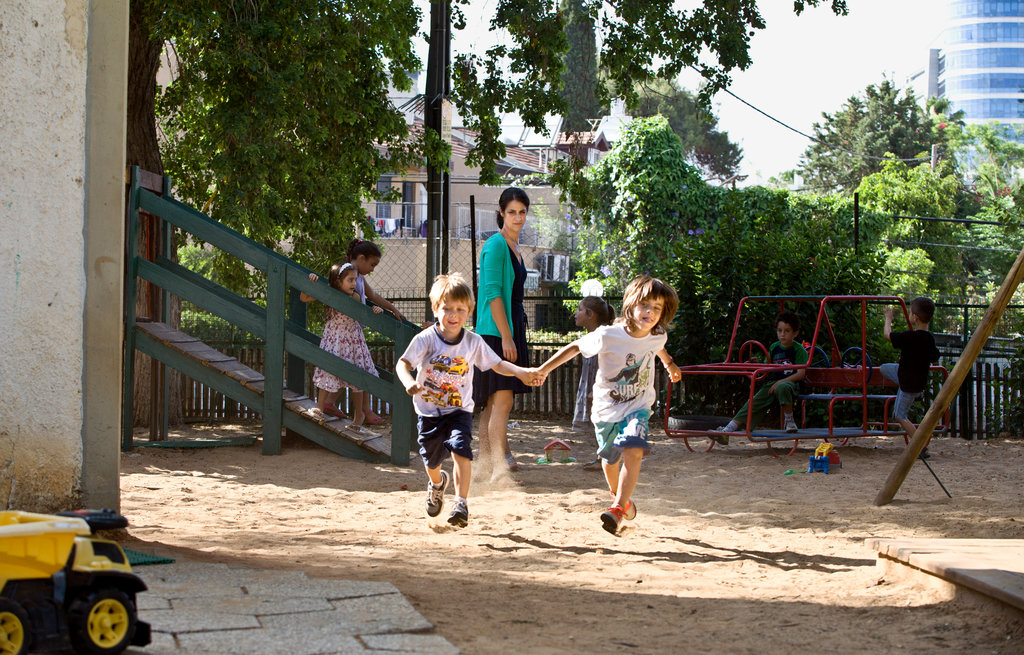Redshirting: Is It The Smart Move For Your Kindergartner?
Redshirting a child can help them develop the emotional skills needed in school, but the delay can also backfire, by keeping some students away from much-needed services.
Beginning kindergarten is a major milestone in children’s young lives. Some say it’s one of the most critical years in a kid’s school journey, so it’s no wonder so many parents struggle to figure out when is the best time to send their child. For various reasons, many families consider redshirting their children during this time, but is it the smart move for your family?
What Is Redshirting?
In the world of education, redshirting borrows the term from sports with a similar sense of meaning. Typically, children range from ages four to six when beginning their kindergarten year in school. When parents practice redshirting, they are essentially delaying their child’s entrance by a year so that they are among the oldest in their class when they begin.
Parents choose redshirting for various reasons. However, most of the decisions are made under a larger choice to build up the child’s skills or attempt to give them an academic advantage. In other terms, the decision involves letting the child “catch up” or giving them a “leg up.”
There is no right or wrong choice when considering redshirting. Each individual case weights differently on the outcomes. But overall, the biggest benefit families notice from delaying the start of kindergarten is better preparedness.
The Pros
Keeping a young child at home one more year can allow them to mature emotionally. Children with good self-regulation and emotional processing skills are better equipped to thrive in kindergarten. Since kindergarten is often the first year of structured academics, holding them back to develop emotionally can set them up for better success the next year.
Redshirting a child can alleviate the perpetual woes of testing as well. For decades, American schools have continued to increase the number of standardized tests given to school children, administering them to younger grades. Because of high expectations for these tests, kindergarten educators are more pressed than ever to prep young minds, and many parents choose to delay the start of school in an attempt to alleviate some test pressure.
Above all, most parents will choose redshirting the first year of school to offer their child an academic advantage. The hope is that by being older at the start of kindergarten, they will perform better than their peers down the road. The end goal is often to give them a heads-up in competitive college admissions.
The Cons
Even though many parents will choose redshirting as a means to give their child the upper hand, for this exact reason, the practice is often viewed as negative. Oftentimes, this desire is redundant, as extensive research shows that children that had a delayed start to school typically lose any apparent academic advantages as they progress in years. By eighth grade, these children will perform just as well as their younger school peers.
In some instances, redshirting can have quite apparent negative effects on children. Parent’s that delay the start of school in order to help struggling children catch up often find that the concept backfires on them down the road. One research study found that children that were delayed their start of kindergarten for this exact reason were more likely to be placed in special education classes.

Likewise, for children with special needs, redshirting may not be best. Schools can provide these kids with much-needed services like speech therapy and learning assistance. When they aren’t given access to them as soon as possible, they are more prone to perform worse in school.
Is redshirting pointless in the long run? Can it hinder some students’ chances to excel in school? There is no right answer, as everyone’s child performs and succeeds at different levels, therefore best practice is to first talk over any concerns with your potential school before making the big decision.



